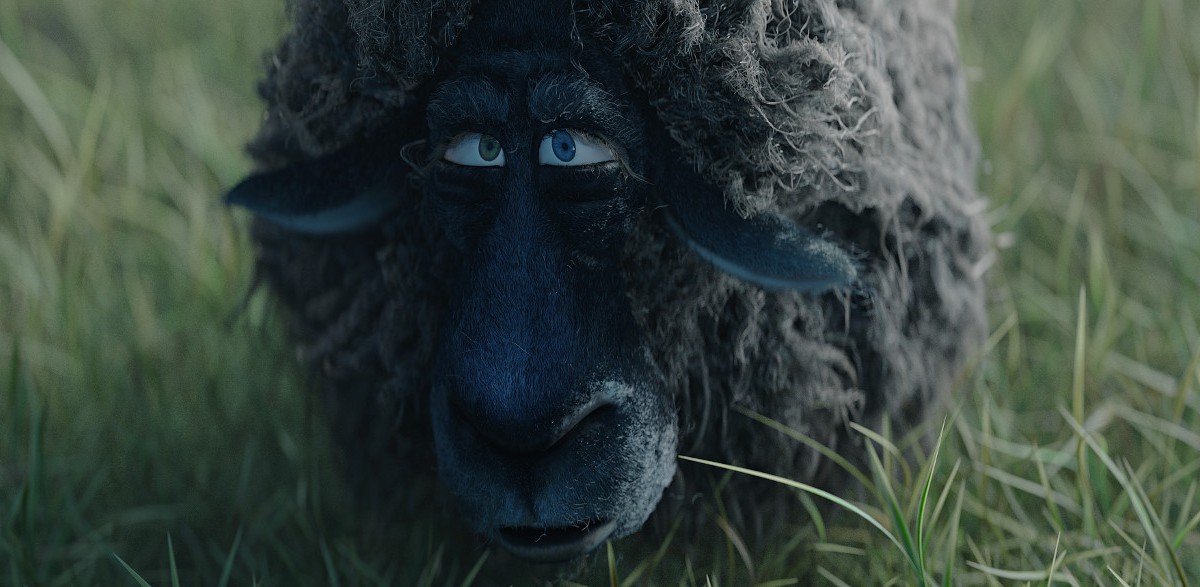Введение¶
Систему частиц типа волос можно использовать для объектов, похожих на пряди, таких как волосы, мех, трава, иглы и т. д..

Пример системы волос из частиц. Используется для травы и меха.¶
Постановка¶
Первым шагом является создание волос, указав количество прядей и их длину.
Полный путь частиц рассчитывается заранее. Таким образом, всё, что делает частица, может делать и волос. Длина волоса равна длине пути частицы со временем жизни 100 кадров. Вместо по-точечного рендеринга каждого кадра анимации частиц используются расчётные контрольные точки с интерполяцией, т.е. сегменты.
Стилистическая правка¶
Следующий шаг – укладка волос. Вы можете изменить внешний вид базовых волос, изменив настройки физики.
Более продвинутый способ изменить внешний вид волос – использование потомков. Добавляет дочерние волосы к исходным и имеет настройки для придания им разных типов форм.
Вы также можете интерактивно укладывать волосы в режиме редактирования частиц. В этом режиме настройки частиц становятся отключёнными, и вы можете расчёсывать, подстригать, удлинять и т. д. изгибы волос.
Анимация¶
Волосы можно сделать динамичными с помощью решателя тканей. Это описано на странице динамики волос.
Рендеринг (rendering)¶
С помощью Cycles вы можете визуализировать волосы при помощи специализированной BSDF для волос BSDF волос (hair BSDF) или Принципиальный BSDF волос (principled hair BSDF).
Волосы также можно использовать в качестве основы для модификатора «экземпляр частиц», который позволяет деформировать меш вдоль кривых, что полезно для более толстых прядей, или такие вещи, как трава или перья, которые могут иметь более специфический вид.